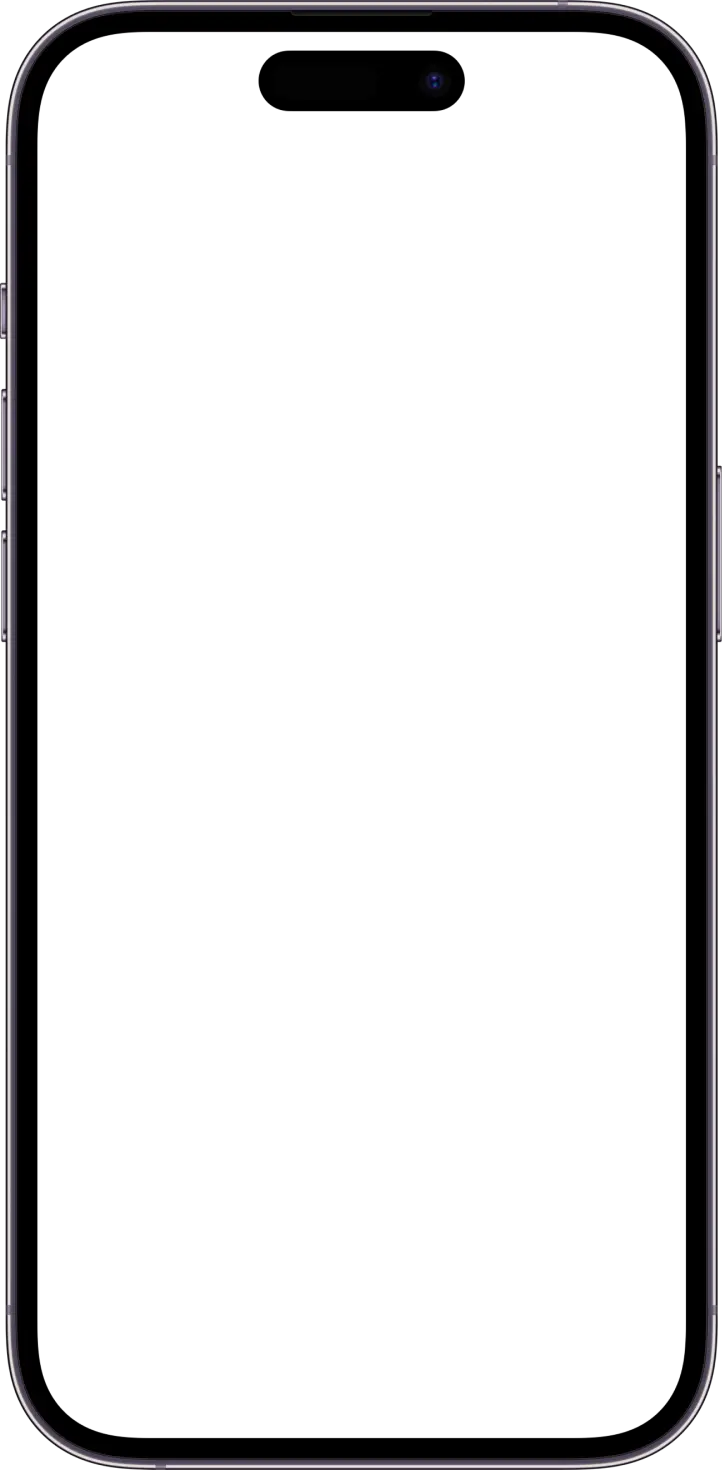Researching What Visitors Really Want
To understand whether visitors at HOTA are interested in an AR experience, how they would like to interact with artworks, and what their expectations are, I conducted an online survey (n=52) and semi-structured interviews (n=11). I uncovered valuable key insights that directly informed the design of the AR experience.
Source: Data pulled from Visitor Survey at HOTA
Key Findings
Source: Quotes pulled from Visitor Interviews at HOTA
Source: Illustrations made with storytribeapp.com
Source: Flow diagram made with miro.com
Low-Fidelity Prototype and Usability Testing
Then I went on to build an interactive low-fidelity prototype for testing fundamental user flows like onboarding and AR interactions. It was important to gather visitor feedback early to ensure the core functionalities met their needs.
Key User Feedback
Visitors had trouble unlocking AR features.
Visitors asked for gallery navigation to be integrated.
Visitors were hesitant to grant permissions for camera and location access.
Iteration
Based on this feedback, I made several changes:
Added an interactive tutorial to clarify how to use AR features.
Introduced AR-based gallery navigation.
Used native iOS permission dialogs to build trust around app permissions and explained what the apps needs them for.
Source: Wireframes and low-fidelity prototype made in Figma.com
Transition To High Fidelity Prototype
I then refined the design and incorporated AR functionality using 8th Wall.
After addressing initial usability issues, the focus shifted to enhancing AR interactions and aligning the app with HOTA's branding to create a polished and immersive experience.
High-Fidelity Prototype and 8th Wall AR Integration
I implemented AR features such as overlaying artwork information and added social sharing options for a more engaging experience. The high-fidelity prototype brought the AR experience to life. During this phase, the primary challenge users encountered was finding the social share button to share their AR experience.
User Feedback
Social share button was hard to find.
AR interactions were engaging but needed better discoverability.
Design IterationMoved the social share button to a more prominent position in the navigation bar.
Enhanced AR interaction cues to make the experience more intuitive.
Share Flow provided by 8th Wall
Redesigned share flow
Results & Next Steps
Results and Impact
The AR app significantly enhanced visitor engagement at HOTA, validated by an A/B test with the high-fidelity prototype comparing visitors using the app to those who didn't. The results showed a 25% increase in interaction time with the artworks and tripled dwelling time within the gallery. Additionally, information retention rose by 65%, with visitors demonstrating better recall of artist names, artworks, and techniques.
During visitor interviews one participant said, "It felt like diving into a hidden world within the sculpture," showing the deeper connection the AR experience enabled between visitors and the art. These results show that AR can enrich the traditional gallery experience, increasing both engagement and educational results.
Challenges and Learnings
I planned to use ARKit to seamlessly integrate AR functionality into the app. Due to time constraints and limited development knowledge, I opted for 8th Wall to quickly prototype the concept and validate the idea. This choice proved useful for validating the concept but revealed limitations, particularly with analytics, which hindered gathering detailed visitor insights. By investing in analytics and testing, we can optimise the social sharing feature to drive increased engagement, positive reviews, boost social reach, and ultimately, business growth for HOTA.
Conclusion
Initial secondary research confirmed AR's potential to enhance visitor engagement and information retention. By developing and implementing an AR experience at HOTA, I successfully demonstrated this potential. The AR experience led to a significant increase in visitor engagement, as evidenced by the 25% boost in interaction time. This suggests that AR can be a valuable tool for enriching the gallery experience and attracting new audiences.
Disclaimer: This case study is a record of a personal design project and does not represent the work or official position of any institution or organisation, including HOTA Gallery.









